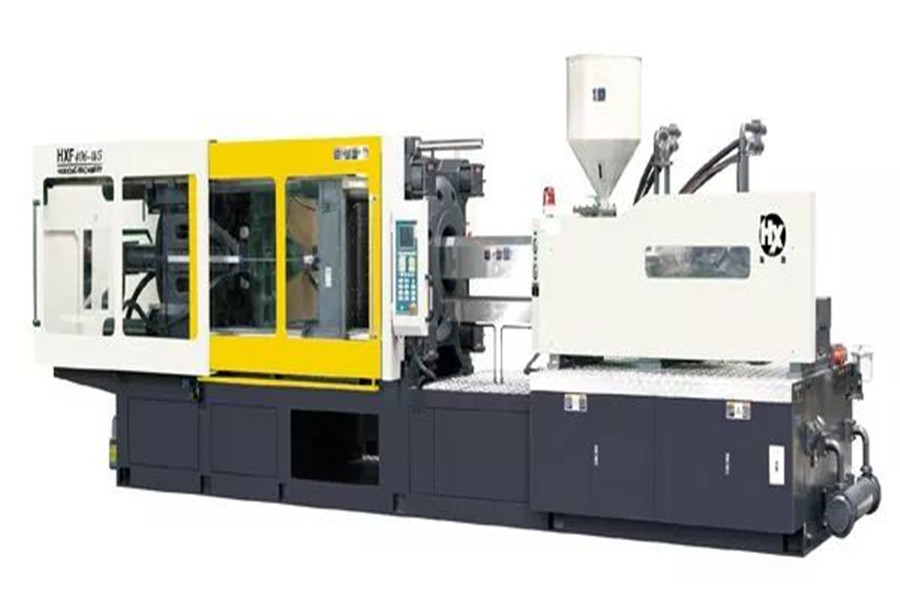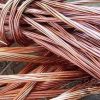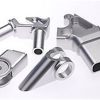
Oil leakage in the hydraulic system will cause the hydraulic pressure to decrease and the normal oil pressure cannot be established, resulting in the system not working properly. There are two types of oil leakage in hydraulic system: external leakage and internal leakage. This article will introduce in detail the troubleshooting methods of the internal leakage of the plastic machining hydraulic system.
The external leakage is mainly caused by the rupture of the tubing, loose joints, improper tightening, etc.;
Internal leakage is mainly caused by leakage of oil pumps, cylinders, distributors, etc. inside the hydraulic system. The internal leakage failure is not easy to be found, and sometimes it needs to be detected and adjusted with the help of an instrument to eliminate it.
1. The relevant parts of the gear oil pump are severely worn or assembled incorrectly
(1) The clearance between oil pump gear and pump casing exceeds the specified limit. The treatment method is: replace the pump casing or use the inserting method to repair, to ensure that the clearance between the gear tooth top and the casing of the oil pump is within the specified range.
(2) Excessive wear of the gear shaft sleeve and the end face of the gear parts causes insufficient pre-compression of the pressure relief seal ring and loses the sealing effect, causing the high-pressure oil chamber and the low-pressure oil chamber of the oil pump to communicate with each other and serious internal leakage. The treatment method is: add a compensation gasket under the rear sleeve (the thickness of the compensation gasket should generally not exceed 2mm) to ensure the compression of the sealing ring.
(3) When disassembling the oil pump, install the guide wire in the wrong direction at the joint surface of the two shaft sleeves (the shaft sleeve of the spiral oil groove). The treatment method is to ensure that the guide wire can simultaneously deflect the two shaft sleeves by an angle according to the rotation direction of the driven gear, so that the planes of the two shaft sleeves fit tightly.
(4) When disassembling and assembling the oil pump, the pressure isolating sealing ring was aging and damaged, and the pressure relief piece sealing rubber ring was installed incorrectly. The treatment method is: if the pressure isolation sealing ring is aging, it should be replaced with a new one: the pressure relief piece sealing rubber ring should be installed on one side of the oil suction cavity (mouth) (low pressure cavity), and ensure a certain pre-tightening pressure. If it is installed on one side of the oil pressure chamber, the sealing rubber ring will be quickly damaged, causing the high-pressure chamber to communicate with the low-pressure chamber, and the oil pump will lose its working ability.
2. The oil cylinder sealing ring is aging and damaged and the piston rod lock nut is loose
(1) The sealing ring on the piston of the oil cylinder, the sealing ring at the joint between the piston rod and the piston, and the sealing ring of the positioning valve are damaged. The treatment method is: replace the sealing ring and the sealing retaining ring. But it should be noted that the surface of the selected sealing ring should be smooth; no wrinkles, cracks, pores, scratches, etc.
(2) The piston rod lock nut is loose. The treatment method is: tighten the piston rod lock nut.
(3) When the cylinder barrel is severely out of round, it may cause the hydraulic oil in the upper and lower chambers of the cylinder to communicate. Solution: If the out-of-roundness is not too serious, the sealing ring of the enlarged piston can be replaced to restore its sealing; if the roundness and cylindricity error exceeds 0.05mm, uhmw machining should be performed on the cylinder and the enlarged piston should be replaced , To restore the normal fit clearance.
3. The safety valve and return valve on the distributor are not tightly closed
(1) The safety valve is worn or the hydraulic oil is too dirty; the ball valve is rusted, and the elasticity of the adjusting spring is insufficient or broken; the hydraulic oil is out of specification; the hydraulic oil is too thin or the oil temperature is too high (the normal temperature of the hydraulic oil should be 30℃~60℃) , Will cause the safety valve to close loosely. The treatment method is: replace clean hydraulic oil that meets the standard; replace the spring with the specified length and elasticity; replace the ball in the ball valve, which can be knocked after being installed in the valve seat to make it fit the valve seat and grind.
(2) The oil return valve is severely worn or the oil return valve is not closed tightly due to excessively dirty hydraulic oil. The treatment method is: grinding the conical surface and mutual grinding of the valve seat. If the cylindrical surface is severely worn, cnc milling machining can be used to repair it; if the small cylindrical surface is worn with the pipe, causing the internal clearance to be too large, a copper sleeve can be inserted in the pipe to restore the fit gap. Clean the oil cylinder and replace with clean hydraulic oil.
The valve and spool valve hole are worn, which increases the gap, and the oil in the cylinder leaks from the worn gap under the action of the piston and flows back to the oil tank. The treatment method is: grinding and repairing after chrome plating, and matching with the spool valve hole.






